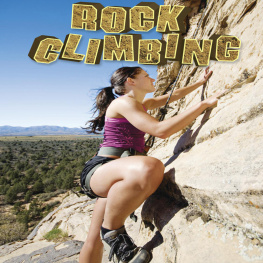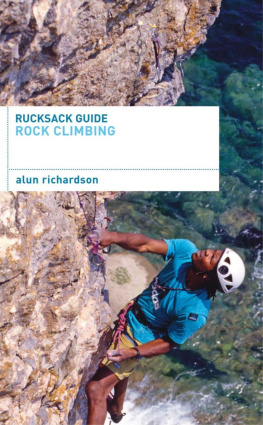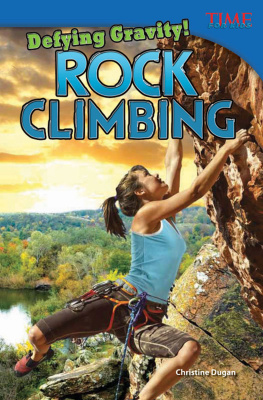Table of Contents
Guide

2010 Rourke Publishing LLC
All rights reserved. No part of this book may be reproduced or utilized in any form or by any means, electronic or mechanical including photocopying, recording, or by any information storage and retrieval system without permission in writing from the publisher.
www.rourkepublishing.com
PHOTO CREDITS: Nick Schlax:
Edited by Jeanne Sturm
Cover and Interior designed by Tara Raymo
Library of Congress Cataloging-in-Publication Data
Greve, Tom.
Rock climbing / Tom Greve.
p. cm. -- (Action sports)
Includes index.
ISBN 978-1-60694-363-2
1. Rock climbing--Juvenile literature. I. Title.
GV200.2.G78 2009
796.5223--dc22
2009006061
Printed in the USA
CG/CG

Post Office Box 643328 Vero Beach, Florida 32964
The View is Always Best from the Top
Some people like to test the boundaries of their for the thrill of standing atop a mountain peak.
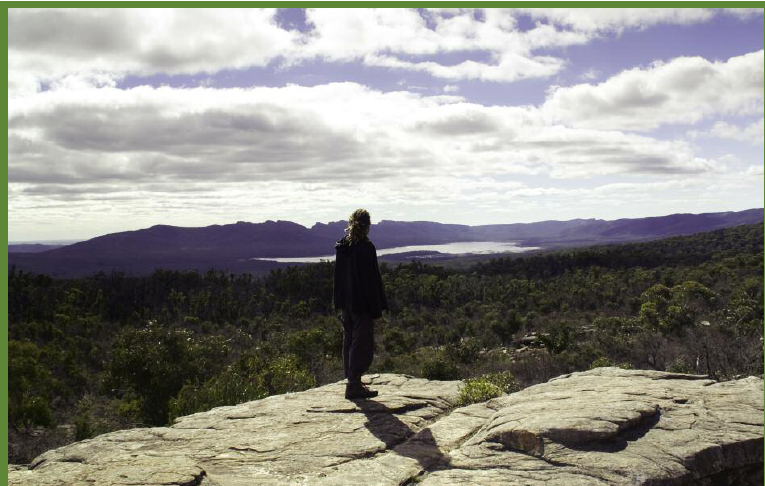
Why Climb?
Why do people climb rocks or mountains? For many, its the thrilling challenge of using their own skills to conquer something so massive.
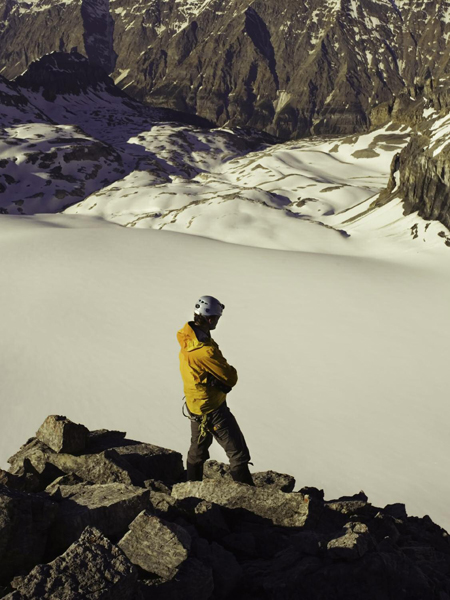
There are numerous categories of rock climbing.
Bouldering is rock climbing without ropes or equipment.
devices, and other climbing tools to get to the top of a steep rock formation or wall.
Mountaineering combines rock-climbing techniques and other skills to reach the top of a mountain. All climbing is dangerous, , and thrilling at the same time.

Bouldering requires great strength in a climbers fingers and toes.
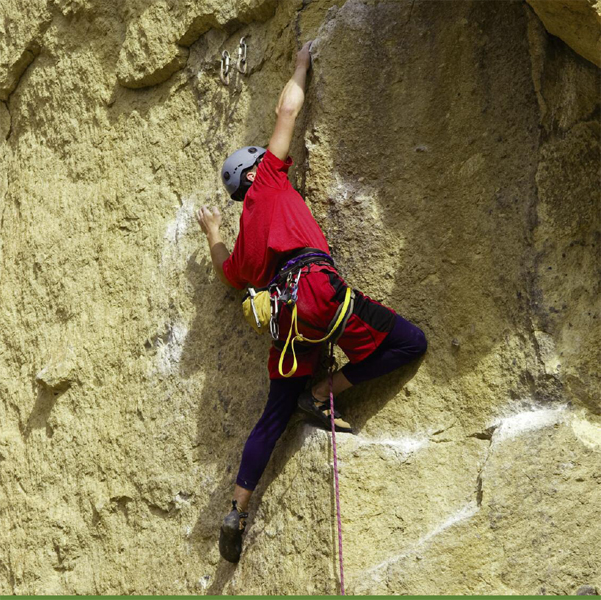
Did You Know?
Strength alone will not make someone a good climber. Intense concentration, balance, and patience all come into play on successful climbs.
There are other forms of climbing as well. But no matter the style, climbing is always about getting from the bottom of something to the top.
Indoor Climbing
Many young rock climbers start by learning skills at indoor climbing courses. These climbing walls often have ropes attached and include bouldering courses. They provide opportunities to learn skills with fewer dangers than outdoor climbing.
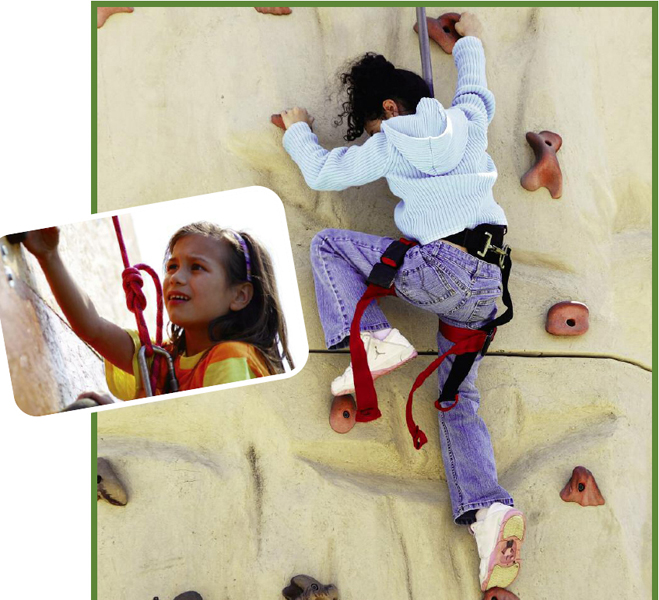
Unlike outdoor climbs, changes in the weather do not affect indoor climbers.
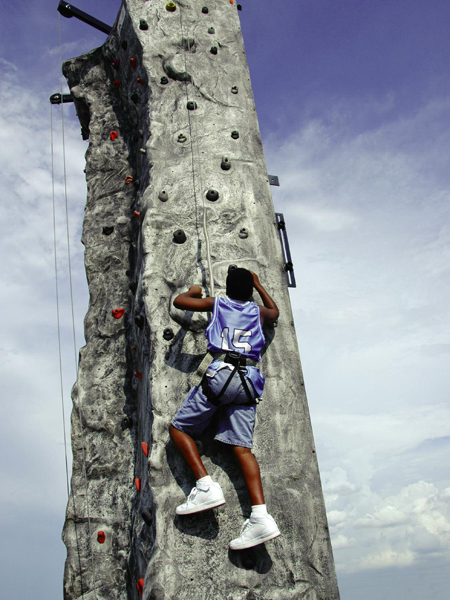
Climbing walls vary in height and difficulty.
Outdoor Climbing
Bouldering is simply climbing up a .
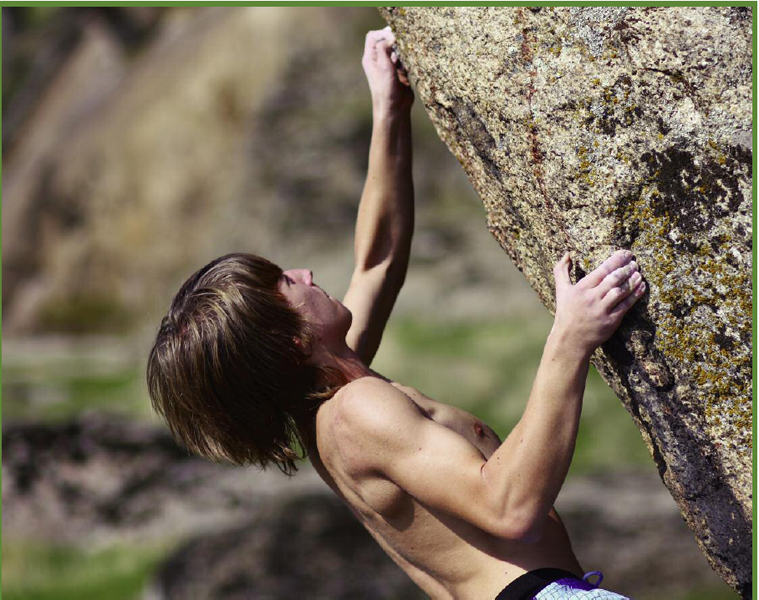
Climbers put chalk on their hands to keep them from getting slippery when they sweat.
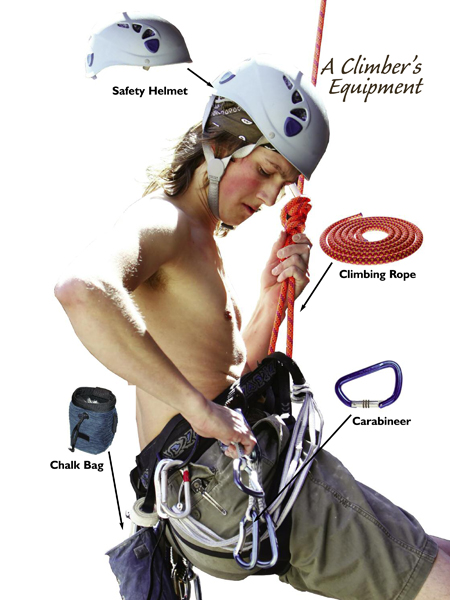
Many climbers use a technical climbing called top-roping. It is a relatively safe way to climb because the climbers use harnesses, ropes, and belaying devices to keep each other from falling all the way to the ground. It involves two climbers. One is the climber; the other is the belayer.
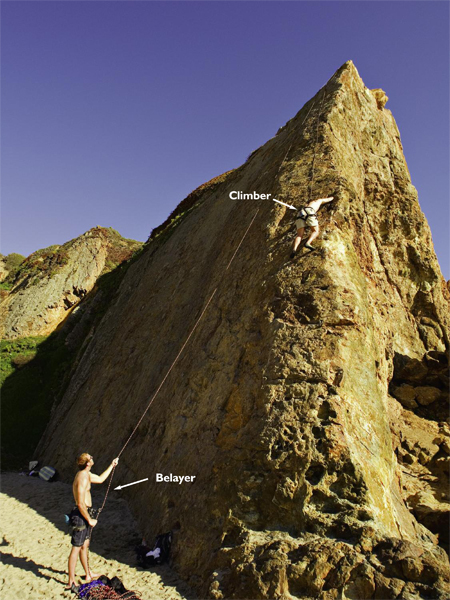
Before a top-rope climb, one of the climbers hikes to the top to place an anchor into the rock. The rope is connected to the anchor during the climb.
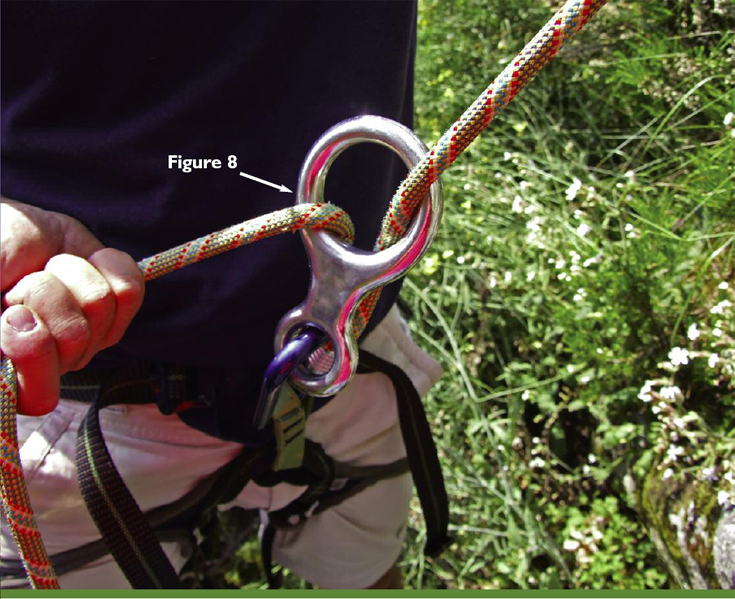
Belaying devices create friction when the rope is threaded through them. The friction slows the rope down.
Belaying devices help control the movement of the climbers rope. They can pinch, and serve as a gentle brake on the rope in the event of a fall, so the climber only falls the length of the ropenot all the way to the ground.
Advanced climbers sometimes turn to mountaineering for the thrill of standing atop a mountain summit. Mountaineers do much more than just climb. They have to understand and adjust to the effects of on their bodies. They need to react to changing weather conditions and recognize when a climb becomes too dangerous to continue.
Did You Know?
The highest mountains in the world are the Himalayas in Asia.

Top Climbers
Sir Edmund Hillary was a rock climber and mountaineer from New Zealand. In May of 1953, he and climbing companion Tenzing Norgay became the first people to climb to the top of Everest. It is among the great accomplishments in the history of climbing and land exploration on Earth.
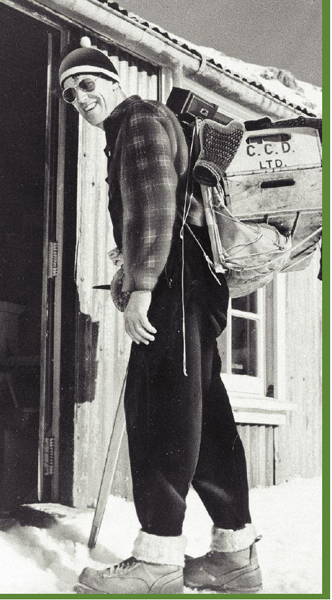
Did You Know?
After conquering Everest, Sir Edmund Hillary worked to build schools and hospitals for the people living near Mount Everest. He died in January 2008.
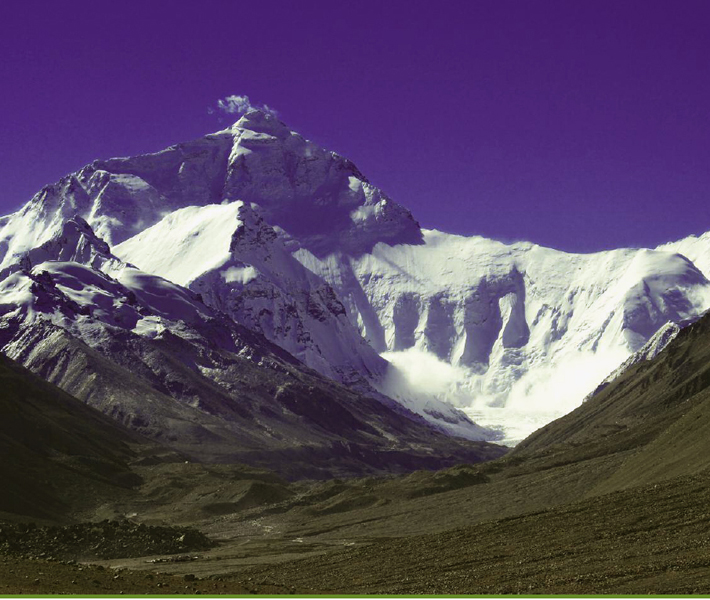
Some of the worlds . They refer to these peaks as the Seven Summits.
| Continent | Summit | Height |
| Asia | Everest | 29,029 feet (8,848 meters) |
| South America | Aconcagua | 22,841 feet (6,962 meters) |
| North America | McKinley | 20,320 feet (6,194 meters) |
| Africa | Kilimanjaro | 19,341 feet (5,895 meters) |
| Europe | Elbrus | 18,510 feet (5,642 meters) |
| Antarctica | Vinson Massif | 16,050 feet (4,892 meters) |
| Australia | Kosciuszko | 7,310 feet (2,228 meters) |
Mountaineering involves in the air. This affects a climbers body and mind. The lack of oxygen can make climbers sick. Sudden weather changes are also a constant threat high on a mountain.

